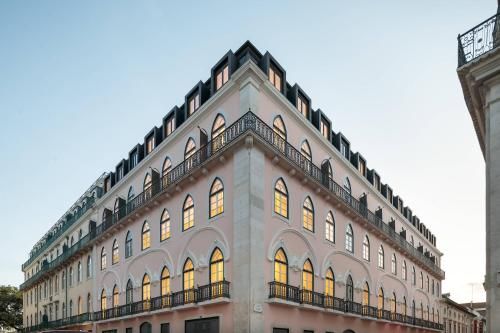Why choose this Lisbon tour ?
When you book this 2-day program, you will have the opportunity to see and experience the best of Lisbon and Fátima in our company.
All tours start in Lisbon at 09:00 am and end at the same place, that is, your accommodation in Lisbon.
Our vehicles have air conditioning, wi-fi and bottled water available.
The time you spend in each location always depends on your wishes and you only have to speed up the day’s program with the driver, so our private tours are not rigid and can be changed by our customers.
Come and discover Portugal with us!
Make the most of your Lisbon adventure
Tour Description & Additional Info:
- Specialized infant seats are available
- Service animals allowed
- Infants and small children can ride in a pram or stroller
- Suitable for all physical fitness levels
Options To Choose for Your Trip:
- Private Tour 2 Days Sintra and Fátima
Add
Pickup included
Not Included
- Food and drinks
Trending Lisbon Nearby Tours Likely To Sell Out
Special Instructions:
- This Tour is Provided by abc Travel.
- Tour Timezone & Starts at Europe/Lisbon.
- Mobile or paper ticket accepted.
- For a full refund, cancel at least 24 hours before the scheduled departure time.
- Minimum 1 Travelers is required to book.
- Maximum 15 Travelers is accepted for booking.










